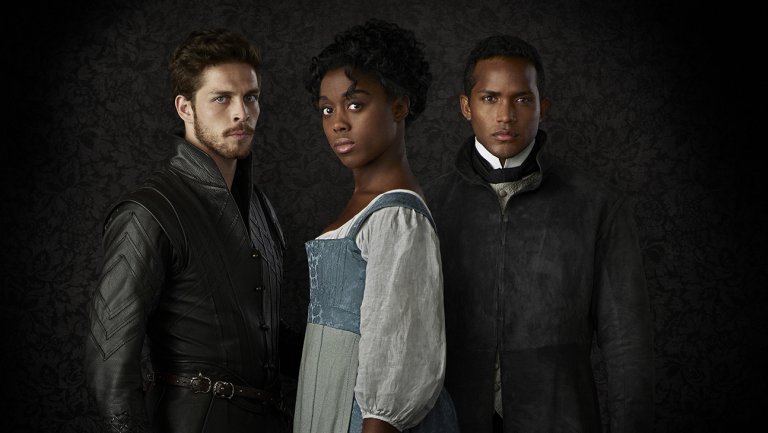Still Star-Crossed Showrunner on Renaissance Europe: “This was not a white world, really”

When we first heard that Shondaland would take on Shakespeare with an adaptation of Melinda Taub’s young adult novel, Still Star-Crossed, we knew the casting would be racially diverse. Shonda Rhimes has repeatedly emphasized her production company’s commitment to writing three-dimensional characters of color and race-blind casting, and there was no reason to believe this period piece would be an exception. However, in a recent interview with The Hollywood Reporter, showrunner Heather Mitchell also emphasized that they’ll simply be portraying the world as it actually was.
“The Renaissance was much more diverse than I think most of us, having just taken high school history or whatever, [remember],” said Mitchell, who previously wrote and produced for Grey’s Anatomy and Scandal. “Shakespeare in the 1500s is writing about an interracial marriage in Othello – and Giovanni de Medici is the ruler of Florence, and he’s a biracial man.”
“And you’re talking about all these cultures along the Mediterranean who have been trading with the Arab world and the African world and by the Renaissance they’re starting to trade with Asia,” continued Mitchell. “This was not a white world, really. You may remember whatever artwork or whatever you want to but I think in reality this is a more diverse world than people think — and on top of that, we just cast the best actor for every role.”
Period pieces frequently come under fire for heavily or exclusively white casts, and the showrunners and producers almost always try to justify themselves with the excuse of “historical accuracy.” However, from Agent Carter to Fantastic Beasts and Where to Find Them, the truth is that almost all of these fictional worlds are far whiter than the historical reality. I’m glad that Mitchell pushed back against this historical whitewashing in her interview.
Still Star-Crossed will also utilize Europe’s culture-spanning position in the Renaissance trade routes to bring Shakespeare’s characters together. “Verona is an excellent place for many people to cross paths,” Mitchell said, “because it’s right on a trade route and you could totally believe that someone from, say, Scotland or someone from, say, Denmark or a bunch of people from, say, Venice, might make their way through Verona at some point. So many of Shakespeare’s plays are set in Italy anyway.”
Mitchell also explained the general concept of the show: “The show is about what if all the characters in Shakespeare lived in the same world and could interact with each other. So the plays either have happened or are going to happen, but the plays are canon…We are actually thinking about the whole world of Shakespeare, and we’re using Shakespeare’s most famous play, Romeo and Juliet, as sort of our launching point to the larger world.”
As Rhimes herself said in an acceptance speech at the Producers Guild Awards, “It’s not trailblazing to write the world as it actually is.” However, given how whitewashed Renaissance history has been, and how racist television and film casting usually is, I think it could be pretty trailblazing to show an early-modern world – even a fictional one – where the lives and contributions of people of color come front-and-center.
Still Star-Crossed will premiere on Monday, May 29 at 10 p.m. EST/PST on ABC.
(Via The Hollywood Reporter; image via ABC and Ed Herrera)
Want more stories like this? Become a subscriber and support the site!
—The Mary Sue has a strict comment policy that forbids, but is not limited to, personal insults toward anyone, hate speech, and trolling.—
Have a tip we should know? tips@themarysue.com